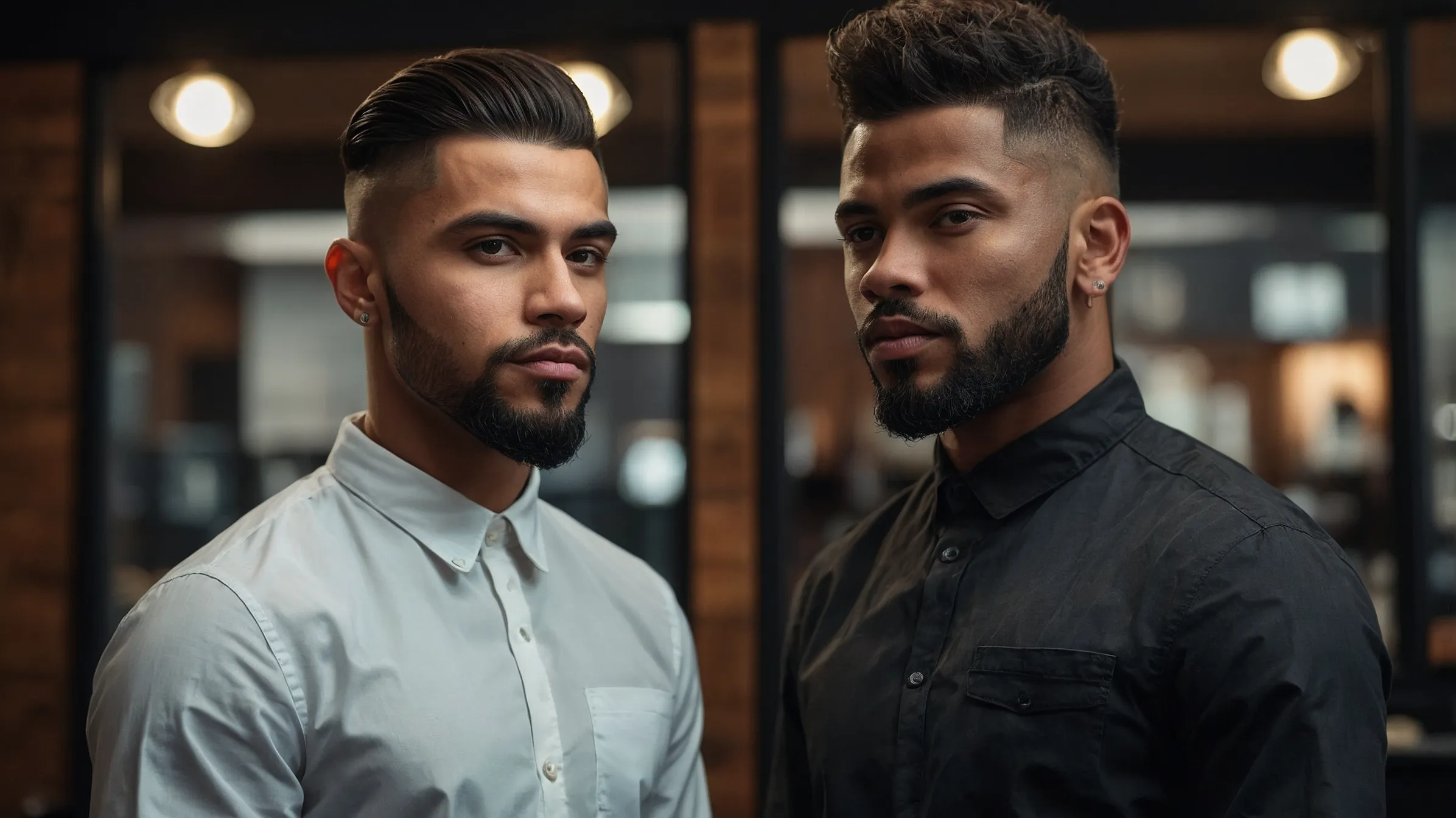Taper vs Fade: Understanding the Difference and Choosing the Right One
When it comes to modern men’s haircuts, two styles dominate the conversation: tapers and fades. Though similar in appearance, they each bring unique features to your look. Whether you’re aiming for subtle refinement or bold contrast, knowing the difference helps you get exactly what you want.
1. Introduction: Why You Should Know Taper vs Fade
Barber terminology matters. Telling your barber “just fade it” might not give you the cut you envisioned. Understanding these terms ensures the style suits your hair, face, and lifestyle.
2. What Exactly Is a Taper?
A taper features a gradual shortening of the hair near the neckline and sideburns. It doesn’t fade into the skin but instead transitions naturally, maintaining some length throughout.
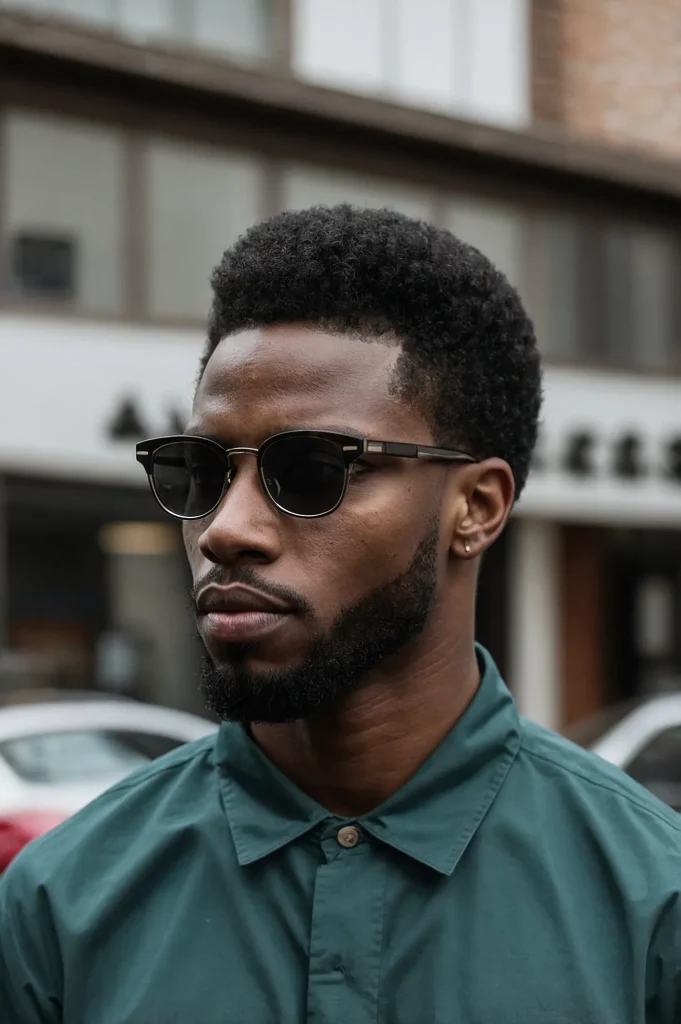 Afro Taper FadeBlack man with mediumlengt
Afro Taper FadeBlack man with mediumlengt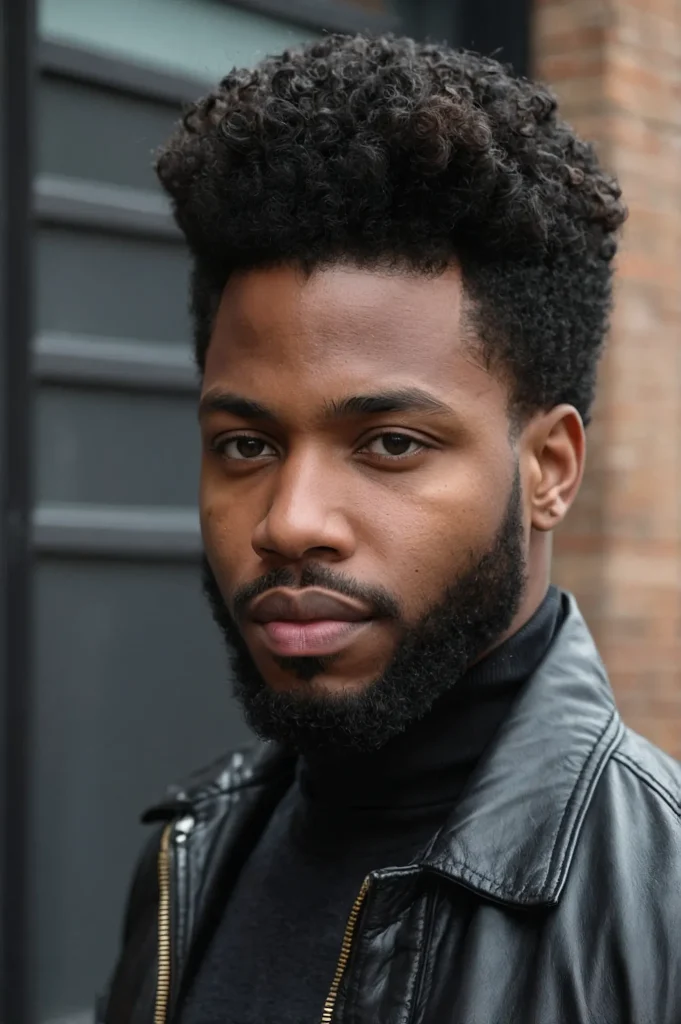 Blowout Taper FadeBlack man with volumino
Blowout Taper FadeBlack man with volumino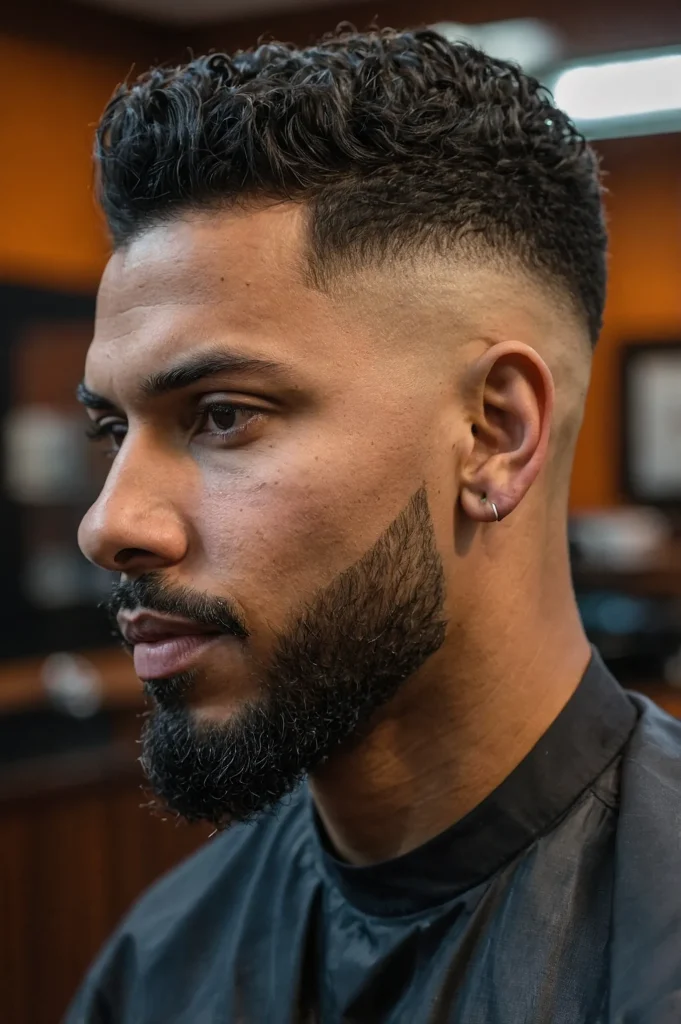 Burst Taper Fademan with burst taper fade
Burst Taper Fademan with burst taper fade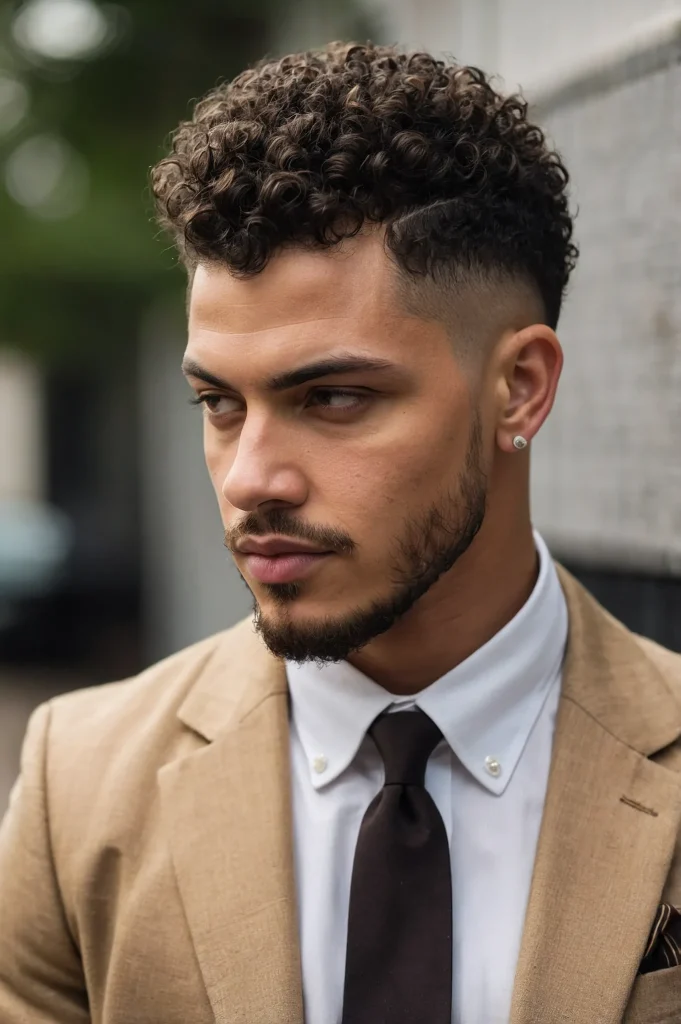 Curly Hair Taper Fademan with natural curls
Curly Hair Taper Fademan with natural curls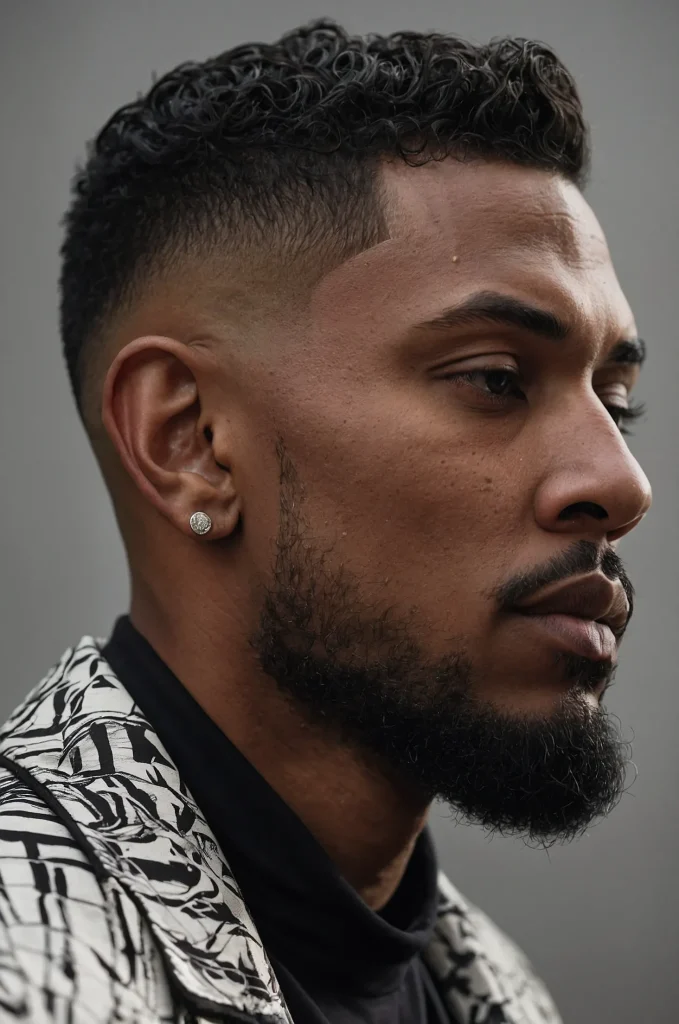 High Taper Fademan with high taper fade s
High Taper Fademan with high taper fade s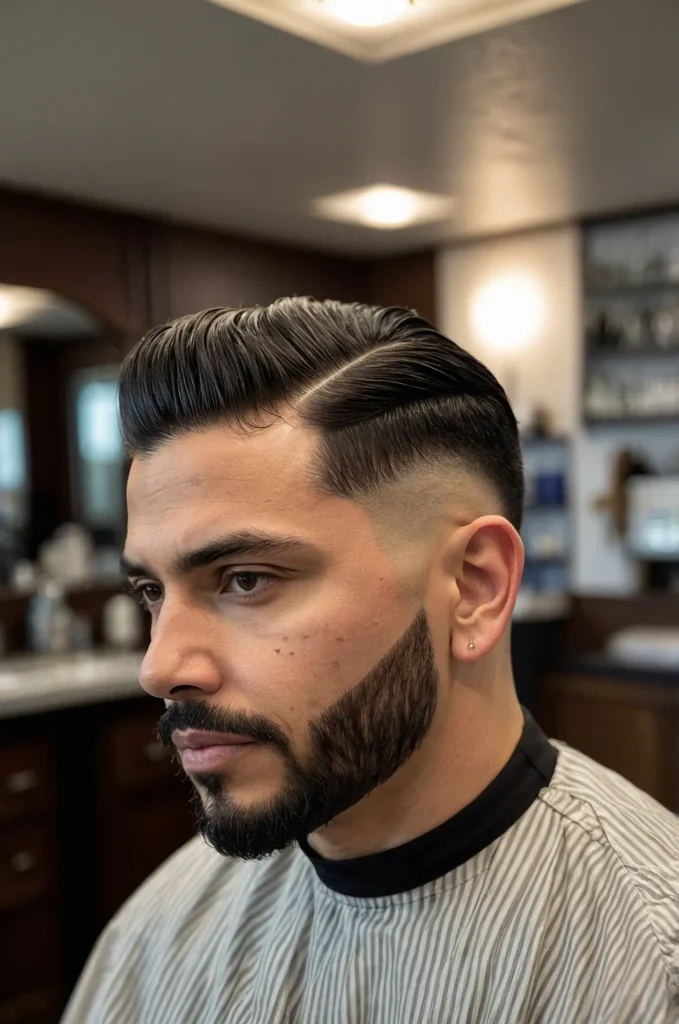 man with low taper fade gradual fade near
man with low taper fade gradual fade near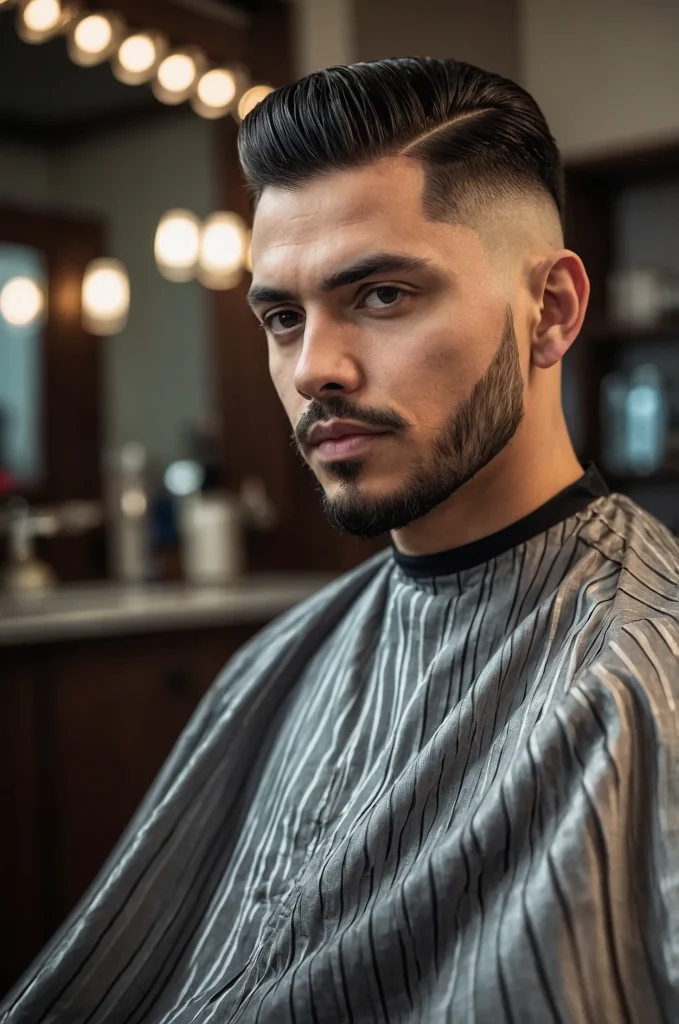 man with low taper fade gradual fade near
man with low taper fade gradual fade near man with low taper fade gradual fade near
man with low taper fade gradual fade near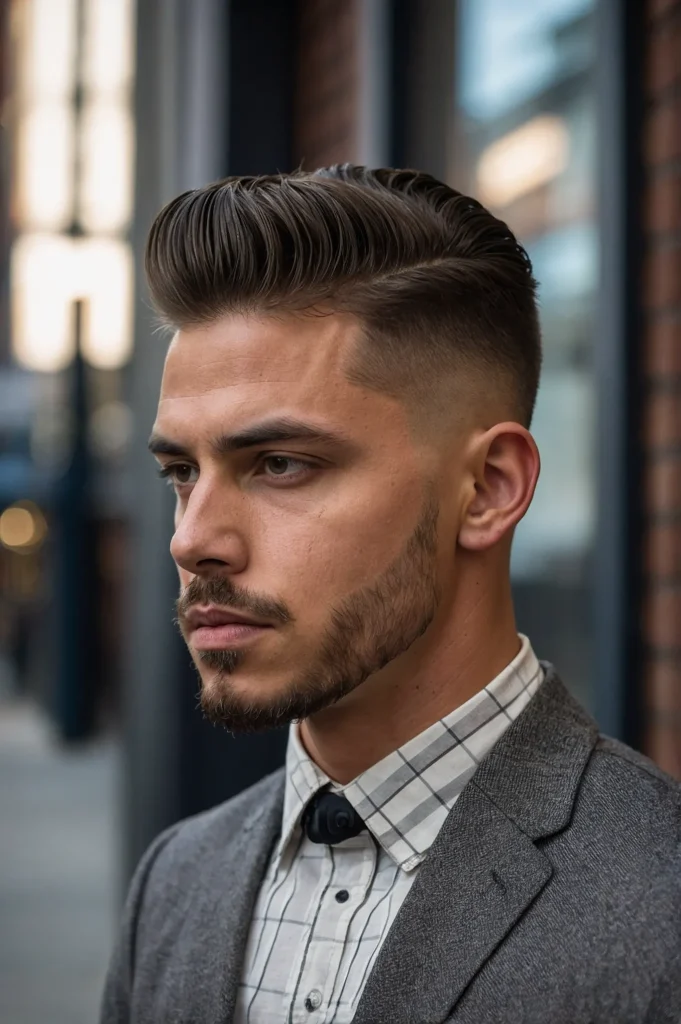 Mid Taper Fademan with mid taper fade bal
Mid Taper Fademan with mid taper fade bal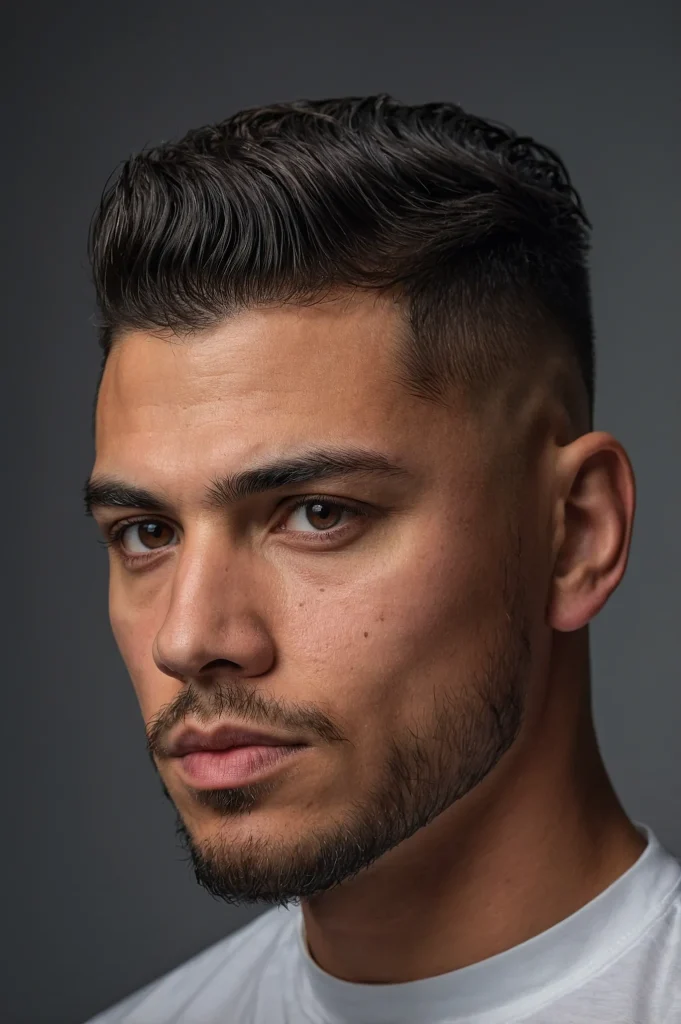 Skin Taper Fademan with taper fade down t
Skin Taper Fademan with taper fade down t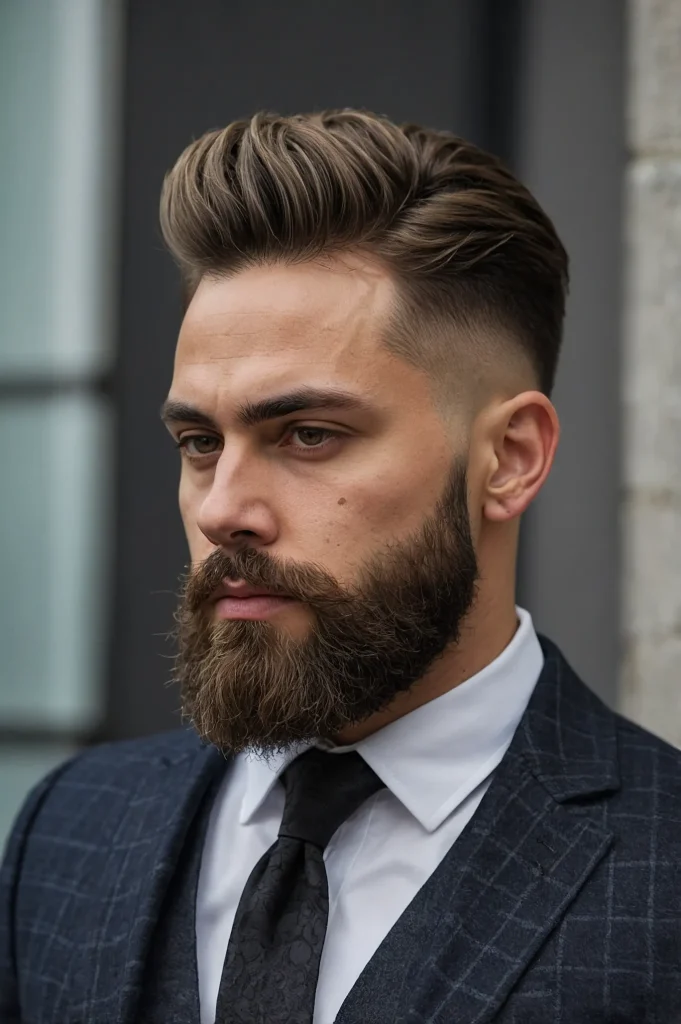 Taper Fade with Beardman with taper fade
Taper Fade with Beardman with taper fade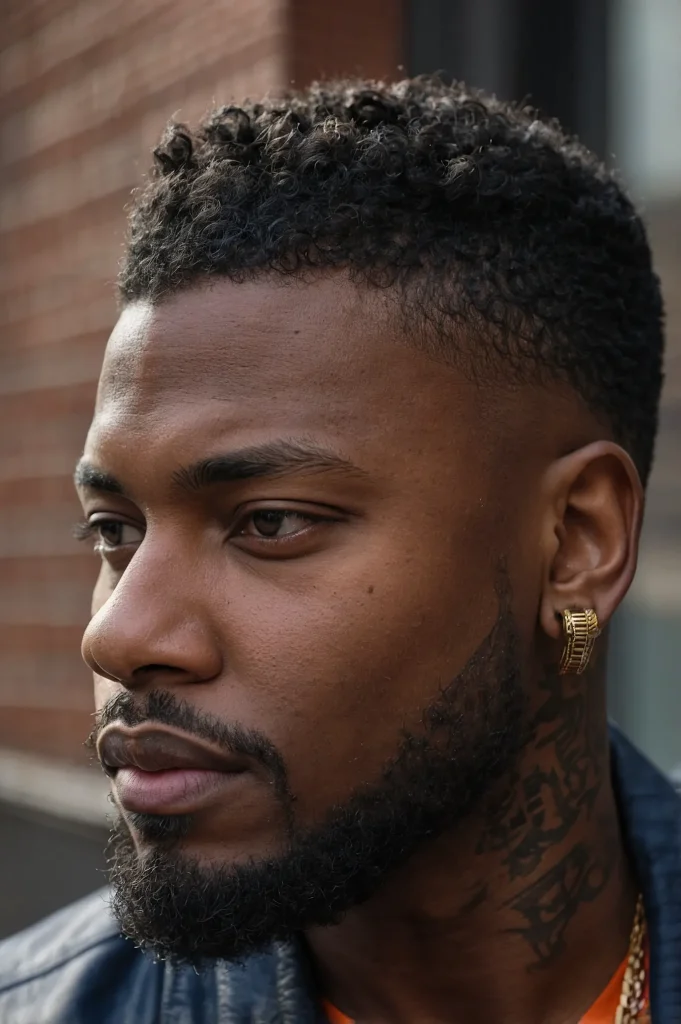 Temple Taper Fade Brooklyn Fademan with B
Temple Taper Fade Brooklyn Fademan with B
3. What Defines a Fade Haircut?
Fades involve a sharper blend that often goes all the way to the skin. The result? A more dramatic transition and a cleaner, high-contrast appearance.
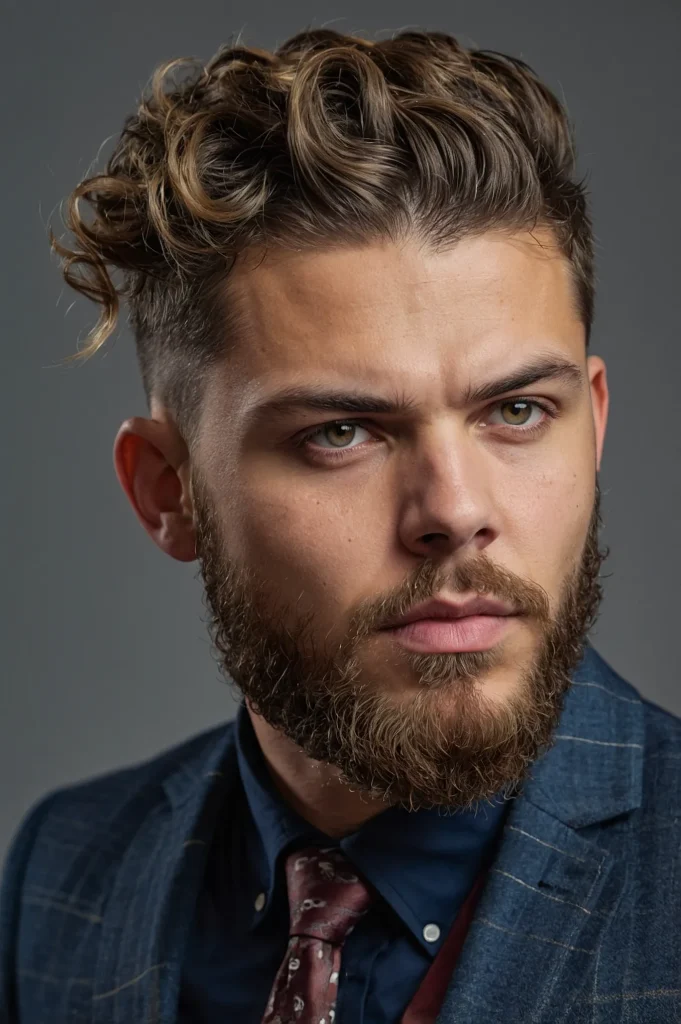 Burst Fademan with burst fade around the
Burst Fademan with burst fade around the Drop Fademan with drop fade haircut curve
Drop Fademan with drop fade haircut curve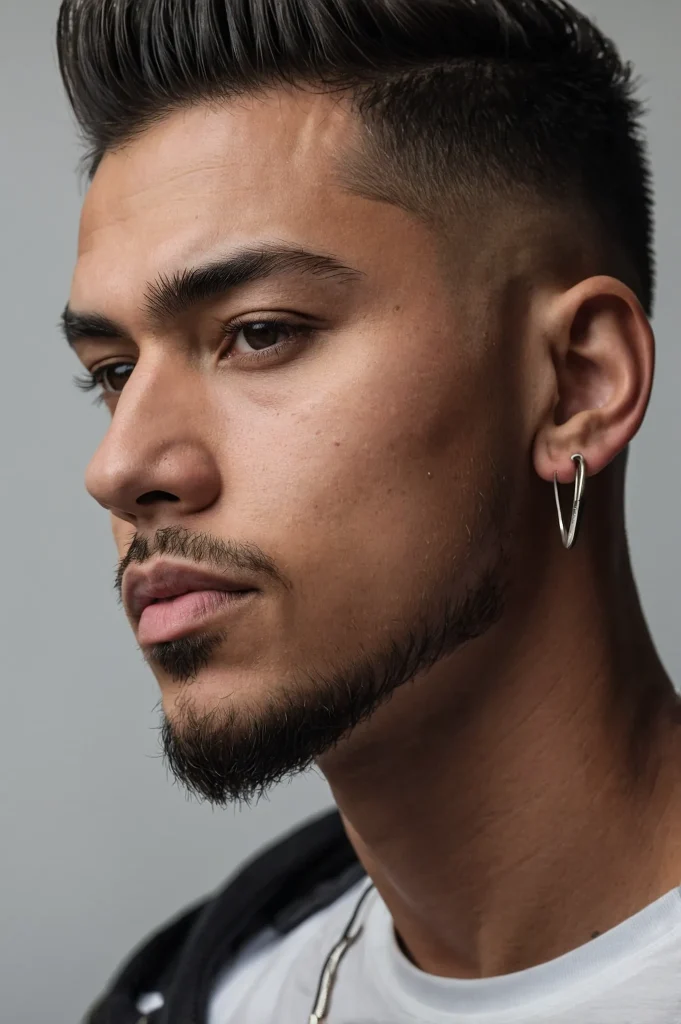 High Fademan with high fade haircut sharp
High Fademan with high fade haircut sharp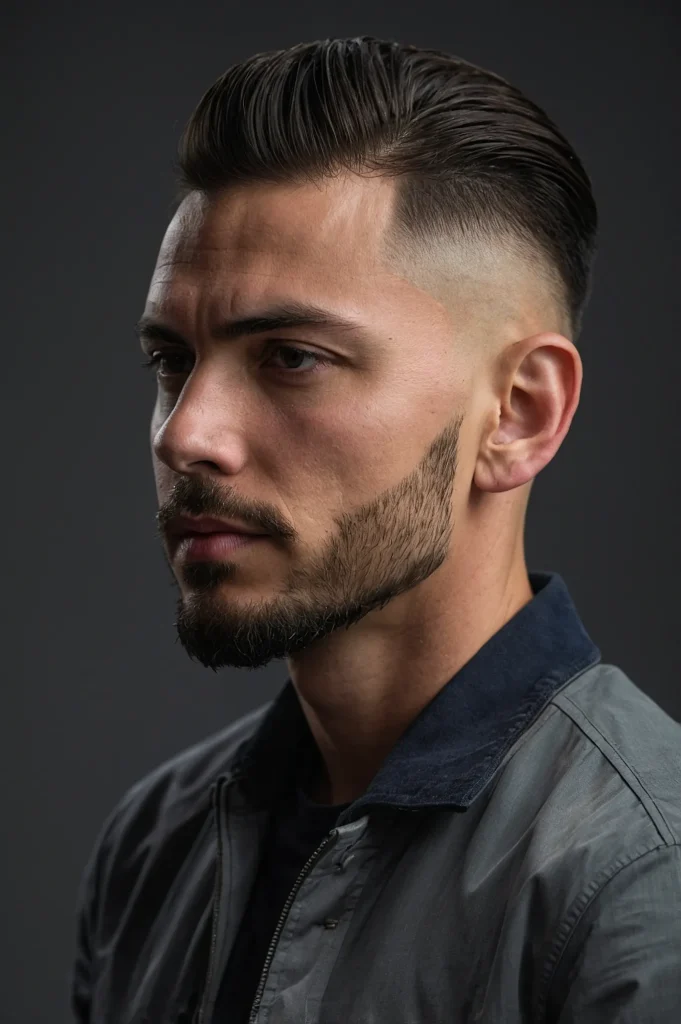 Low Fademan with low fade haircut subtle
Low Fademan with low fade haircut subtle Mid Fademan with mid fade haircut fade st
Mid Fademan with mid fade haircut fade st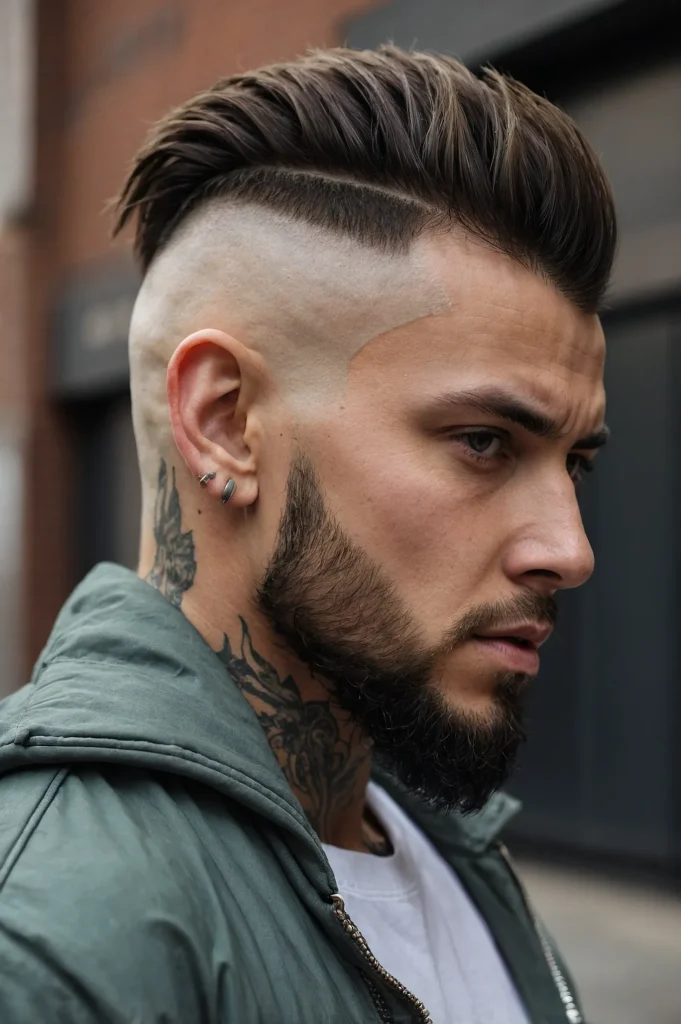 Mohawk Fademan with mohawk fade haircut n
Mohawk Fademan with mohawk fade haircut n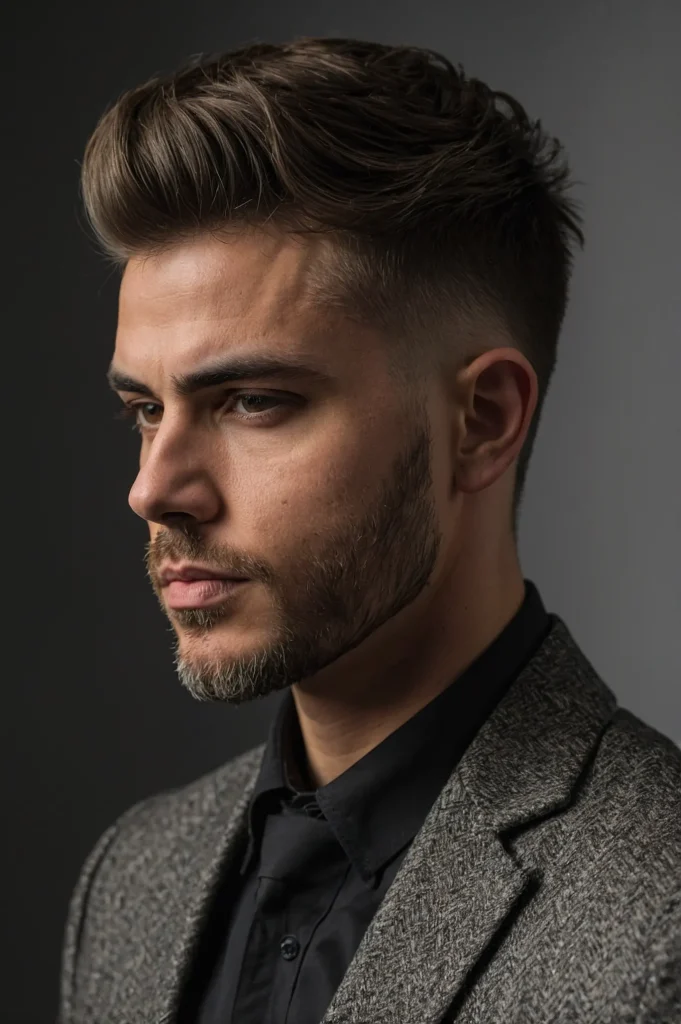 Shadow Fademan with shadow fade haircut l
Shadow Fademan with shadow fade haircut l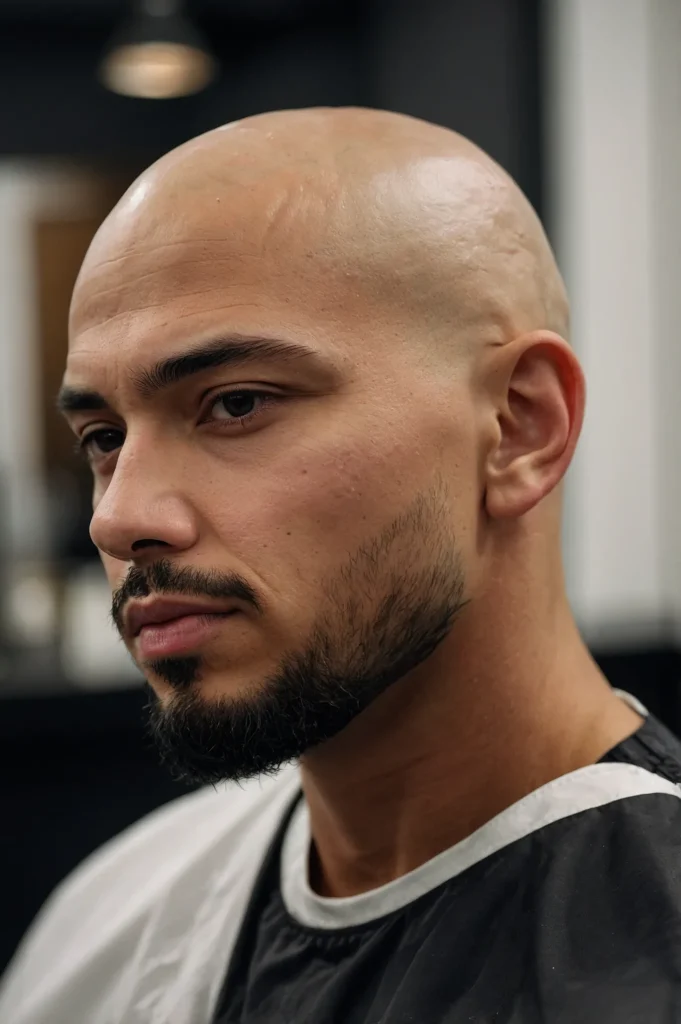 Skin Fade Bald Fademan with bald skin fad
Skin Fade Bald Fademan with bald skin fad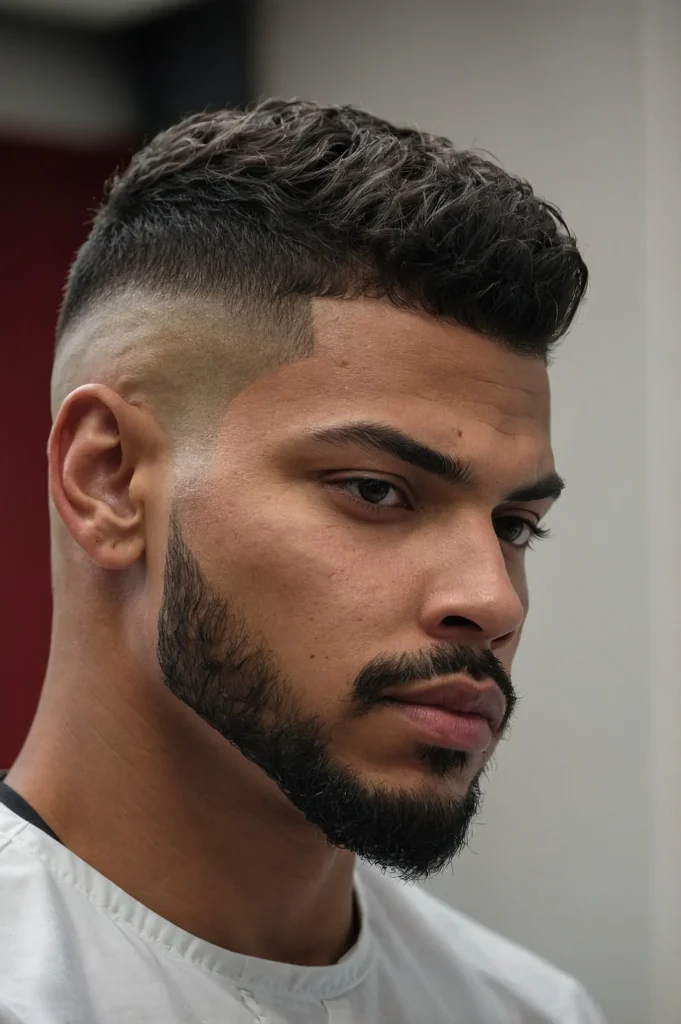 Taper Fademan with taper fade haircut gr
Taper Fademan with taper fade haircut gr Temple Fade Brooklyn Fademan with temple
Temple Fade Brooklyn Fademan with temple
4. The Key Differences at a Glance
- Taper: Subtle blend, retains more hair.
- Fade: More skin exposure, sharp and precise finish.
Fades are more noticeable; tapers blend in more naturally.
5. Exploring Taper Styles: Low, Mid, and High
- Low Taper: Starts near the ears and gently drops.
- Mid Taper: Begins at mid-level and balances both styles.
- High Taper: Starts higher and offers a cleaner frame.
6. Popular Fade Variations
- Low Fade: Minimal fade close to the base.
- Mid Fade: A popular choice for balanced shape.
- High Fade: Bold and eye-catching.
- Skin Fade: Shaved to skin at the bottom for maximum contrast.
7. Style Flexibility: Which One Wins?
Tapers are ideal if you want a timeless look. They’re easy to pair with traditional styles. Fades provide more flexibility for creative, trendy cuts and patterns.
8. Maintenance and Touch-Up Frequency
Tapers grow out smoothly and don’t need constant maintenance. Fades, especially skin fades, lose their sharpness fast and may need weekly visits to stay crisp.
9. Choosing Based on Hair Type & Face Shape
- Tapers work well with nearly any face shape.
- Fades are excellent for sharp angles or defining features.
Hair texture plays a role—tapers suit wavy or curly hair; fades define straight or short-cropped textures.
10. Clean vs Bold: What Fits Professional Settings?
Tapers fit naturally into office environments and formal events. Fades can also be clean but often carry more edge and flair, making them popular for younger and creative professionals.
11. Edgy, Urban, and Trend-Driven Cuts
Want something with attitude? Fades are your best bet—burst fades, bald fades, and drop fades dominate barbershop trends and Instagram styles.
12. Pro Barber Advice
Barbers suggest:
- New to fades? Try a low or mid fade.
- Want subtlety? Stick with a taper.
- Mix both if you want the best of both worlds.
13. Picking the Right Cut for You
Think about your lifestyle. Do you want to stand out or keep it classic? Taper for natural blending. Fade for that sharp, head-turning edge.
14. Can Tapers and Fades Be Combined?
Yes, they can! Taper fades are increasingly popular—giving a blend that’s subtle but still crisp around the edges.
15. Wrap-Up: It’s All About Your Style
There’s no wrong choice here. Both tapers and fades offer clean, stylish looks. Just be clear about what you want and communicate it well with your barber.

